Lumbini : The Birth Place of Gautam Buddha
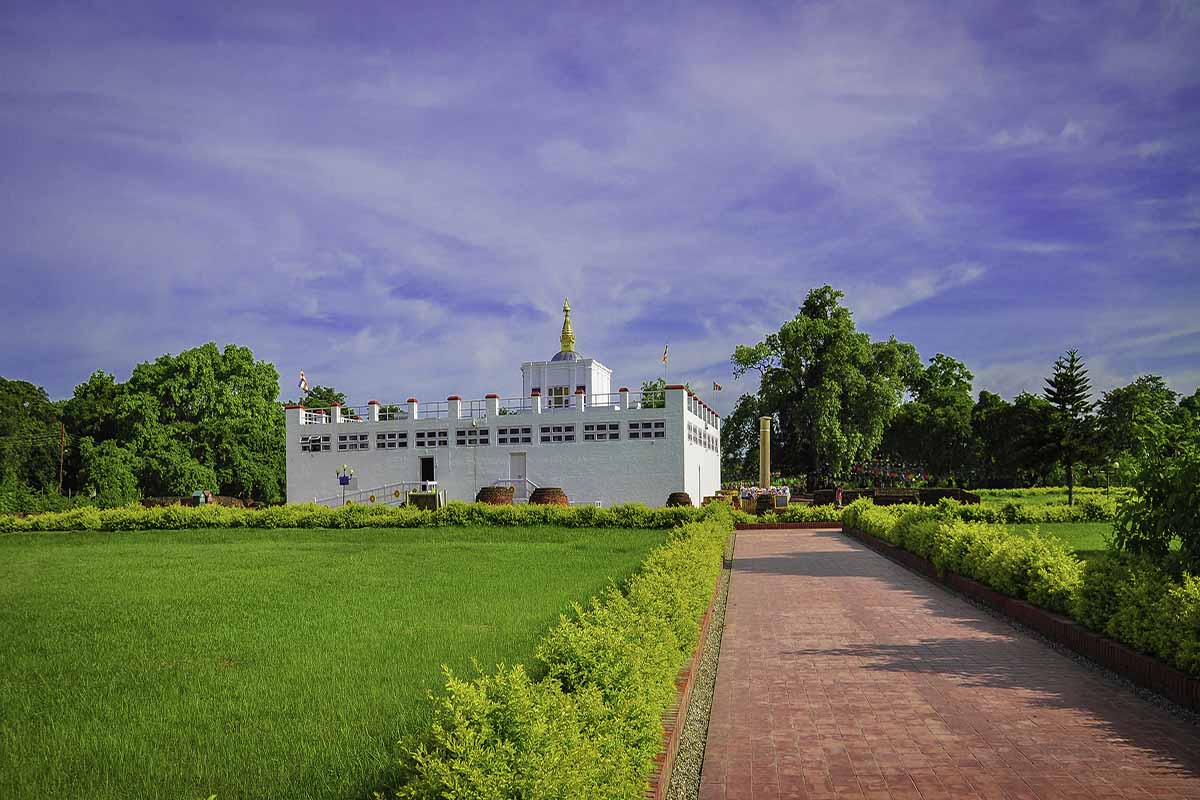
Lumbini
Lumbini is the holy birthplace of Lord Gautam Buddha. Lord Gautam Buddha, the pioneer of Buddhism and the pioneer of peace, was born from the womb of Mother Mayadevi in the beautiful and sacred garden of this place in 623 BC. This Pavbhumi is now famous as a source of world peace among all peace loving people including Buddhists all over the world. The site has been inscribed on the World Heritage List since 1997. Every year millions of pilgrims and scholars from all over the world visit Lumbini.
Religious Significance and Historical Background:
Lumbini is a very important pilgrimage site for Buddhists around the world. Lumbini has become an important religious destination for Hindus as they have deep faith in Mayadevi and Lord Buddha. Archaeological and historical relics in Lumbini reveal the fact that various personalities have visited Lumbini for centuries. The famous Mauryan emperor Ashoka made a pilgrimage to Lumbini in 249 BC under the guidance of his spiritual master Upagupta. He erected a Dhudda pillar with the inscription “Hind Budhe Jate Shakyamuniti” ( “Buddha was born under Shakyamuni”) which can be found in Lumbini as the famous Ashoka Pillarha. Emperor Ashoka worshiped a monument marking the birthplace of Siddhartha Gautama and the sacred pool where he was bathed for purification after his birth. He also visited historical places like Kapilvastu, Ramgram and Devadaha. According to the historical facts obtained, the Chinese travelers who visited Lumbini after Emperor Ashoka were Tseng Sai, Paihyan and Huen Sadd. Tseng Sai visited Lumbini in the 4th century, Fahian in the 5th century, and Huen Sadd in the 7th century.

Among these travelers, the travel details of Huen Sadd give details about Lumbini. He mentioned that in Lumbini he saw a trunk of a birth tree, a chaitya, an Ashoka pillar, a sacred pond, a well with the Telar river, cold and hot springs. In 1312, King Ripu Malla of the Karnali region of western Nepal visited Lumbini and wrote “Om Mani Padam Hum Ripu Malla Chir Jayatu” on the Ashoka Pillar to commemorate his journey. After that, Lumbini was forgotten for a long period of history. Later, in 1896, Lumbini became a topic of interest again when Palpali Governor General Khadga Shamsher and Archaeological Surveyor of British India Alois F फुhrer rediscovered the Ashoka Pillar. In 1999, P.C. Mukherjee excavated the birthplace of Lord Buddha, identified the statue of Mayadevi and showed some of the ruins of the temple. Again in the 1930s, Keshar Shamsher Rana excavated the Mayadevi temple premises.
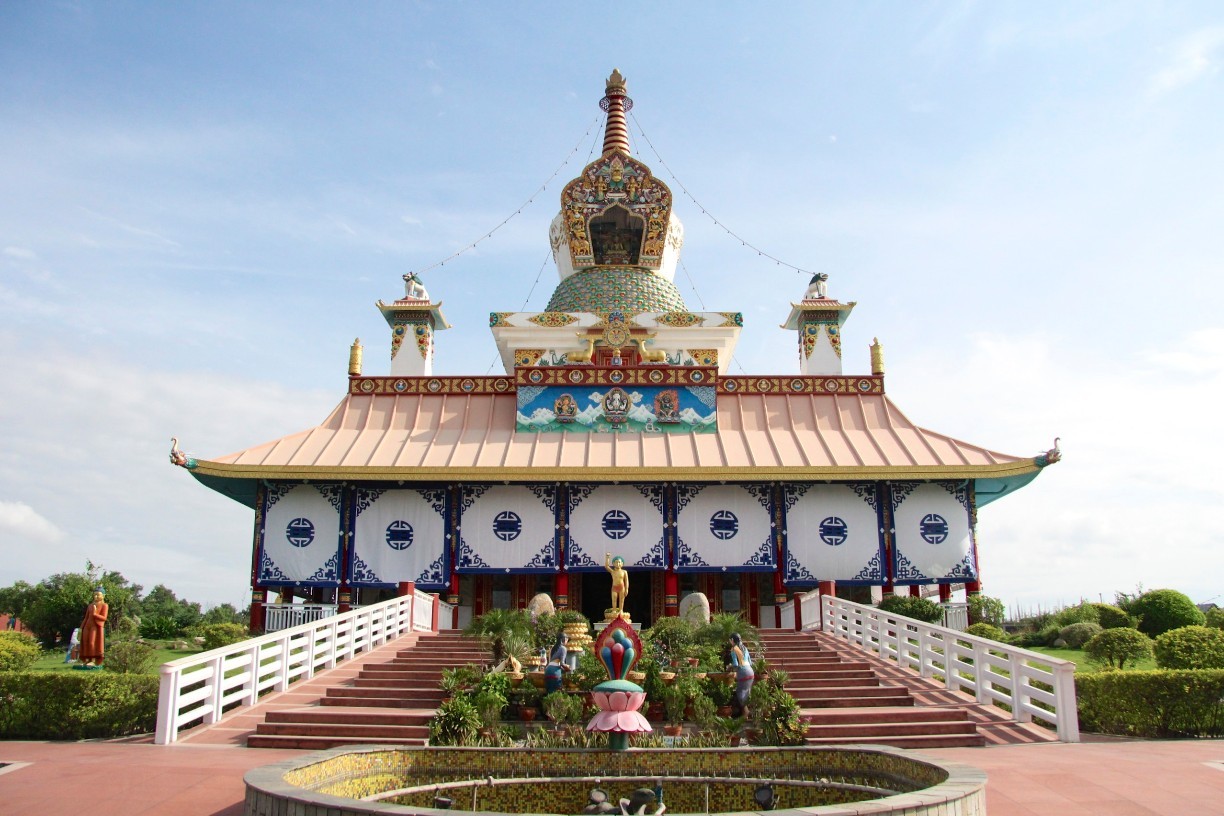
Lumbini
Indian archaeologist Mrs. Devla Mitra conducted the excavation in 1962. Since the 1960s, the Government of Nepal, with the support and cooperation of the United Nations as well as various national and international organizations, has been playing a leading role in the excavation, protection and enhancement of Lumbini by building various bodies with special significance. In 1970, the Lumbini Development Project was formed under the Department of Building and Physical Planning and in 1975, the Lumbini Development Committee was formed.Since the formation of the Lumbini Development Fund as an autonomous body in 1985, the fund has been carrying out excavation, conservation and promotion of the Lumbini area. From 1992 to 1996, excavations were carried out at the Mayadevi temple premises jointly by the Fund, the Department of Archeology, Government of Nepal and the Japan Buddhist Federation. Currently, Lumbini has been established as a religious, spiritual and tourist destination for millions of people around the world and is developing into a beautiful, peaceful garden.
Heritage of Lumbini:
After the Mahaparinirvana of Lord Gautam Buddha Tathagata, Lumbini was transformed into an important spiritual site. Lumbini’s holiest birthplace attracted the attention of devout devotees. As a result, various stupas and monasteries were built to pay homage to God. These constructions were religious in nature.
Mayadevi Temple: Of all the heritages in this holy place, Mayadevi Temple is the main attraction.The ruins inside the temple date from the 3rd century BC to the 7th century BC.
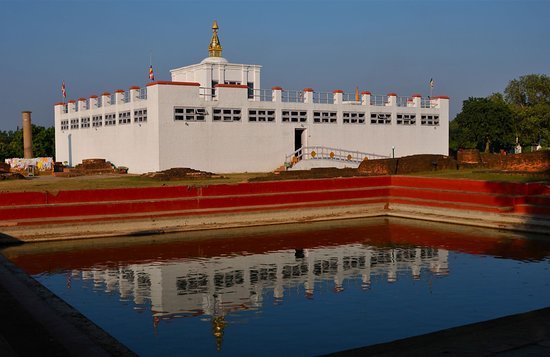
Birth Memorial Stone: The birth memorial stone is in a deep room. Which clearly shows the birth point of Lord Buddha. The stone was discovered in 1996 after intensive excavations at the Mayadevi temple complex.
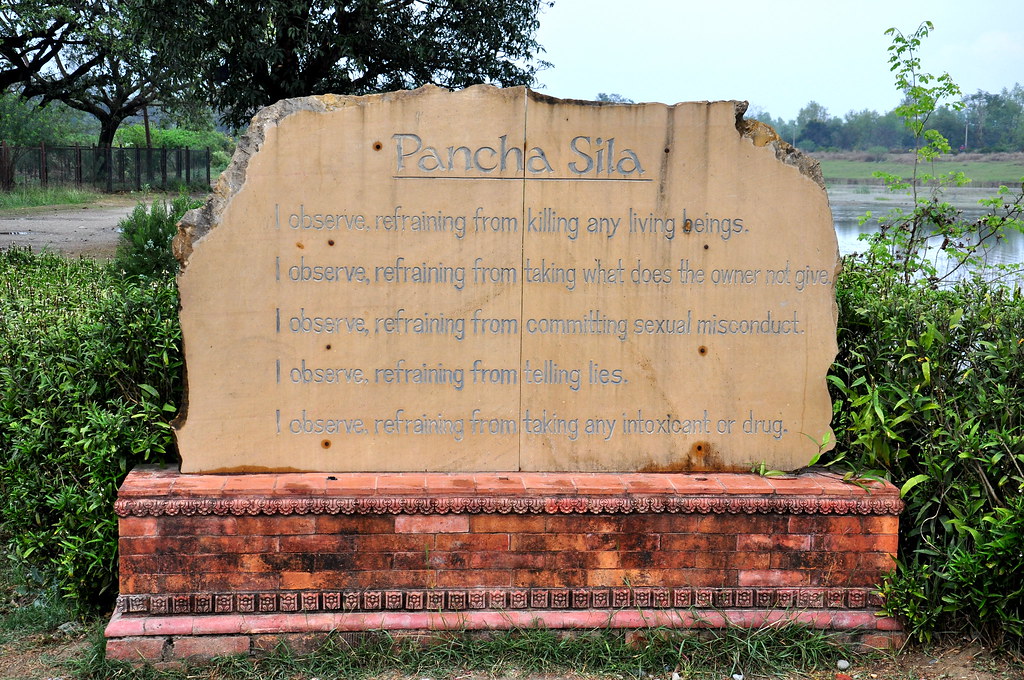
Birth Memorial Stone
Mayadevi idol: The idol of Mayadevi is also called birth idol. Built in the 4th century, the statue depicts the birth of Lord Buddha. Mayadevi is holding a tree branch with her right hand for support.His sister Prajapati is standing on the left side while the two deities are seen preparing to take the Lord and the statue of the newborn Buddha is seen in the middle.
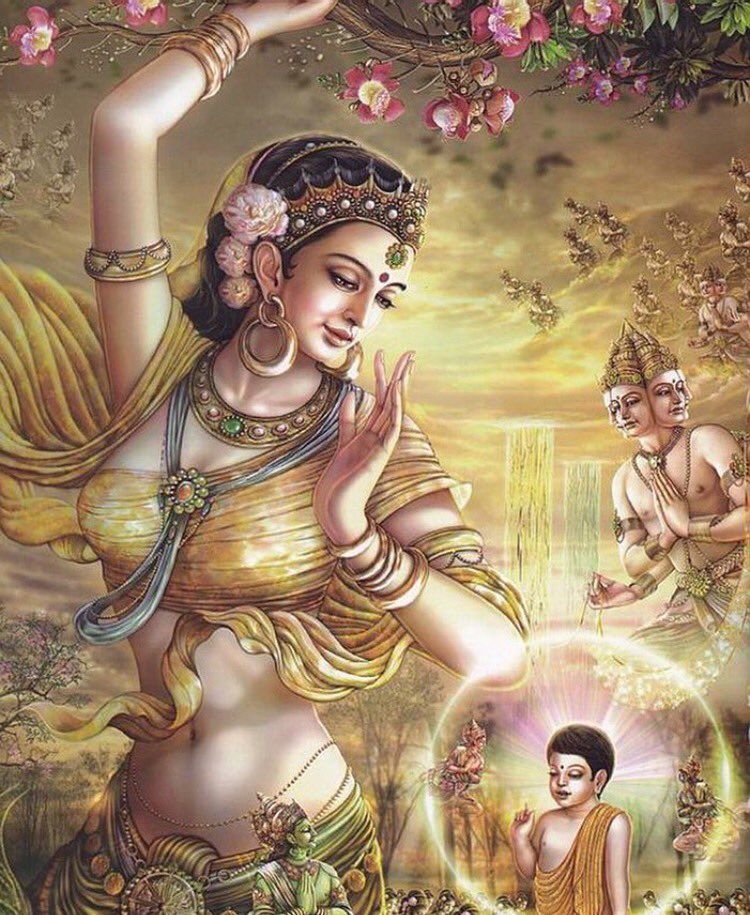
Maya Devi
Holy Pool (Pushkarini): To the south of the Ashoka Pillar is the Holy Pool. It is believed that Mayadevi bathed here before giving birth to Lord Buddha and that the Lord was purified by taking the first bath in it.

Holy Pool Lumbini
Ashoka Pillar: The inscription on the Ashoka Pillar gives historical evidence about the birthplace of Lord Gautam Buddha. The inscription on this pillar is the most important official and historical inscription on the birthplace of Lord Buddha and Lumbini.

Ashoka Pillar Lumbini
New Lumbini:
The visit of UN Secretary General U Thant to Lumbini in 1967 proved to be a milestone in the development of modern Lumbini. Impressed by the importance and sanctity of Lumbini, he discussed with the late Shri 5 Mahendra and advised the Government of Nepal to develop Lumbini as an international pilgrimage and tourist destination. In 1970, he helped form the 15-member International Committee for the Development of Lumbini with the participation of the United Nations. For the planned development of Lumbini, in 1972, Prof. Kenja Tange, a Japanese citizen, was given the responsibility of preparing the Lumbini Master Plan.
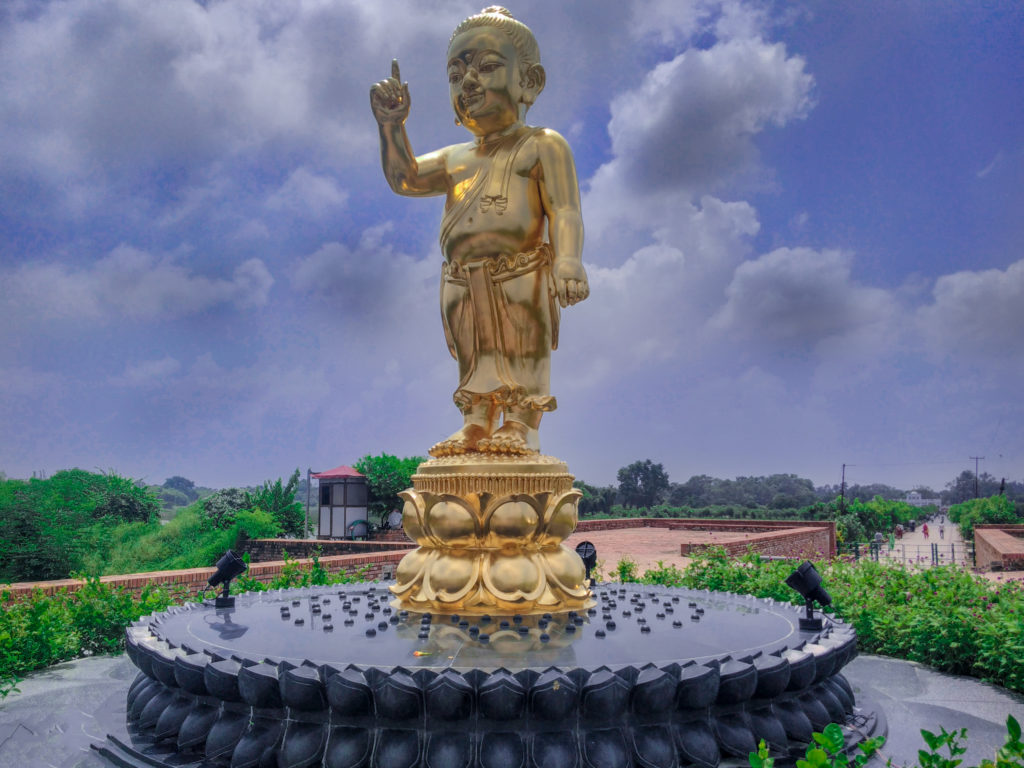
Little Buddha
Comment Here!